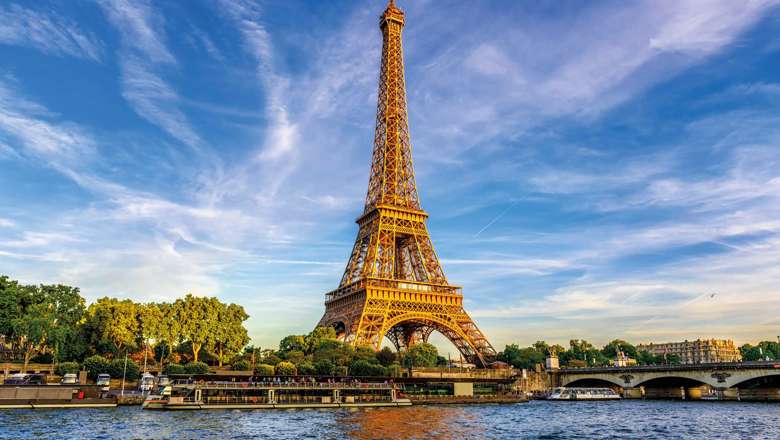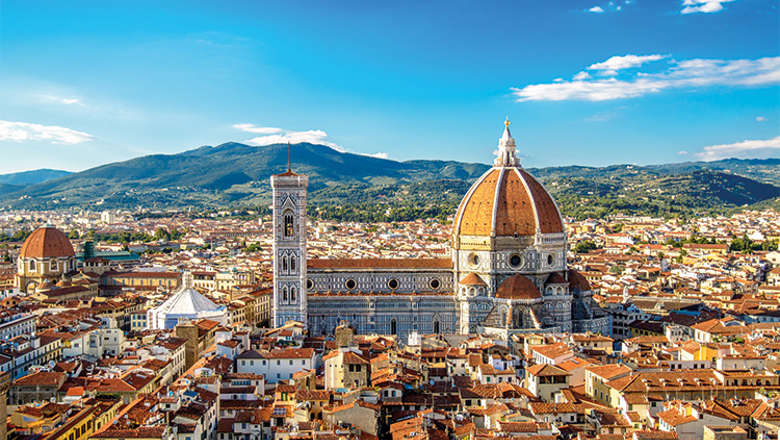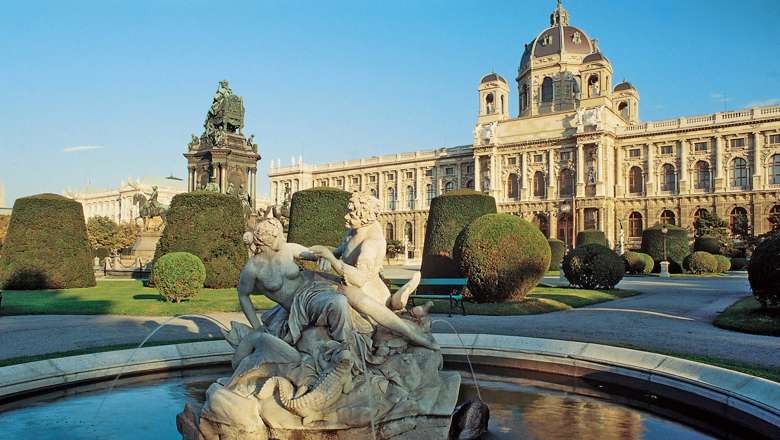Travel across Europe on a Literary Grand Tour
The traditional ‘Grand Tour’ of Europe was a 17th and 18th century rite of passage for well-to-do young men (and some women). Accompanied by a chaperone or teacher, the elite classes would travel across Europe, enjoying a liberal education in art, architecture, and history, as well as socialising among the upper echelons of society. Echoing this journey through European history and culture, we’ve put together our very own literary grand tour to offer you this experience in books.
Ostend
Traditionally, the first stop on any Grand Tour was either Ostend or Calais, having completed the short, treacherous trip across the channel.
This sense of danger is captured in Summer Before the Dark: Stefan Zweig and Joseph Roth, Ostend 1936 a historical novella by German journalist Volker Weidermann. The book transports the reader to 1936 Ostend, where Jewish authors Zweig and Roth have fled as a response to the violence in Nazi Germany. Seaside Ostend, as much a haven in 1936 as it was to those on their Grand Tour, slowly descends into chaos. Capturing the brilliant minds, political drama, friendships and love affairs of this literary circle waiting for almost certain death, this book is an excellent start to our literary Grand Tour.
Paris
The Grand Tour continued along the Seine to Paris, considered the height of sophistication at the time. Travellers carried letters of recommendation to gain access to the highest circles of Parisian society.
Muriel Barbery’s The Elegance of the Hedgehog describes contemporary French high society through the lives of the inhabitants of a luxury apartment building in the 7th arrondissement. It’s narrated by their concierge Renée, who hides her unrivalled intelligence, as she believes it would be frowned upon. However, she treats the reader to a full account of her extensive knowledge, from French philosophy to physics to literature. The novel is a cultural tour de force that inspires curiosity in all its readers.
Florence
The highlight of any European Grand Tour was a visit to Italy, the home of the Renaissance, where 18th century travellers marvelled at the architecture and art of Florence and Rome.
Written at the turn of the century, E.M. Forster’s A Room with a View is one of his most beloved books, conveying the spirit of the age and the sense of hope it offered. (We already recommended reading E.M. Forster’s other great work, A Passage to India, in our post about books to inspire tours of India). This novel tells the story of Lucy Honeychurch, who travels to Italy at a time when middleclass women were gaining more independence. She discovers liberal values and ideas, and has to choose between social acceptance and true love. A Room with a View is a love story with a deeply political backbone
Vienna
Returning to England from Italy, travellers often stopped in Austria. Home to important figures like Mozart and Beethoven, this was a vital place on the cultural education of many on their Grand Tour.
The Painted Kiss by Elizabeth Hickey perfectly describes Vienna in 1886, just after the heyday of the Grand Tour, when the city was known for elegant cafes, grand opera houses, and a thriving artistic scene. The novel tells a fictionalised story of little-known Emilie Flöge, who was Gustave Klimt’s mistress and muse, and the model for his greatest painting. Hickey describes their blossoming relationship and the effervescent society of 19th century Austria in vivid detail, bringing the reader right into the beauty of the city.
Berlin
From Austria, many on the Grand Tour continued to Germany to spend time at some of the great universities in Munich or Heidelberg.
Catapult yourself into cold war Berlin with Ian McEwan’s The Innocent. The novel balances fact and fiction in McEwan’s precise way, with the action happening around a joint CIA/MI6 operation to build a tunnel to the phone lines of the Soviet high command in Berlin. The innocent of the title is Leonard Marnham, a Post Office engineer employed to install monitoring equipment. Through his eyes, the reader discovers cold war Berlin. This is a classic tale of deception and betrayal, as well as a stark portrayal of Germany’s capital.




